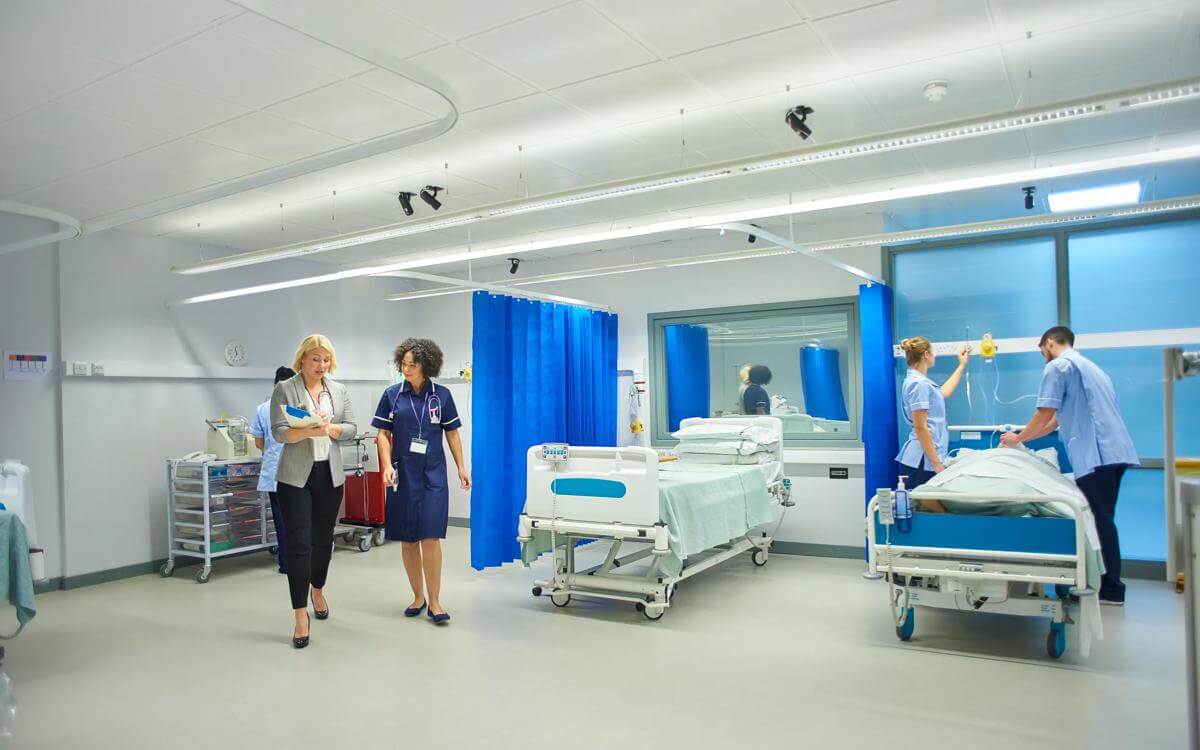NICE guidance for the procurement of digital health technologies
As part of a collaborative group led by NHS England, The National Institute for Health and Care Excellence published its draft guidance on the procurement of Digital Health Technologies on 10th December 2018.
The 'what?'
As part of a collaborative group led by NHS England, The National Institute for Health and Care Excellence (NICE) published its draft guidance on the procurement of Digital Health Technologies (DHTs) on 10 December 2018 (the Guidance). On releasing the Guidelines, NICE stated that it had “produced a set of standards that attempt to strike the right balance between supporting innovation and ensuring an appropriate level of rigour and assurance for the health and care system”. NICE is running a survey here until Monday 14 January 2019 for the input of comments and feedback on the purpose, scope and clarity of the Guidelines.
The 'why?'
The intention of the Guidelines is to ensure that new technology, which is developing at a rapid pace now more than ever, offers economic value to commissioners, is clinically effective and, as a consequence, offers greater real value to patients. The objective assessment of these characteristics is outlined in the Guidance and will enable innovators to understand the NHS decision-making process with greater transparency and what they are expected to provide in the way of evidence for each type of DHT. Commissioners can then make informed and consistent decisions by referring to a set of standards by which to refer the evidence presented.
The 'how?'
| Tier | Common characteristics (need not have all to fall within a particular tier) | Examples | Evidence of clinical effectiveness | Evidence of economic value |
| Tier 1: Potential system benefits but no direct user benefits. |
System service to improve efficiency. Unlikely to have measurable patient outcomes. |
Health record platforms, ward management systems. |
Creditability with UK health and social care professionals. Relevant to current care pathways in the UK health and social care system. Equalities considerations. Accurate and reliable measurements (if relevant). Accurate and reliable transmission of data (if relevant). |
Costs and benefits of the DHT should be compared with existing practice, considering a number of key pieces of economic information to populate an economic model. The information should comprise:
User population size. Current and proposed care pathways. Intervention parameters. Cost parameters. Resource use parameters. Utilities. |
| Tier 2: DHTs that help users understand healthy living and illnesses. |
Inform patients and the public, including, about specific conditions. Allow users to record health parameters to create health diaries. Enables communication between users and professionals, carers, third-party organisations or peers, with clinical advice provided by the professional, not the DHT itself. Unlikely to have measurable outcomes. |
Lifestyle apps, health tracking information (such as via wearables), symptom/mood diaries, IM and/or video-consultation platforms for communication with carers or professionals. |
Tier 1 standards. Reliable information content. Ongoing data collection to show use of DHT. Ongoing data collection to show value of DHT. Quality and safeguarding. |
|
| Tier 3a: DHTs for preventing and managing diseases. |
Preventative behavioural changes related to health issues and prescribed to users by professionals. Self-management of a diagnosed condition that connects symptom tracking with a healthcare professional. May be used alongside treatment and will likely have measurable user benefits. |
DHTs that assist the cessation of smoking, overeating, alcohol abuse, poor sexual health, poor sleeping, DHTs that allow users to record and, optionally, send data to a professional in the course of improving the management of their condition. |
Tier 1 standards. Tier 2 standards. Demonstrating effectiveness. Use of appropriate behaviour change techniques (if relevant). |
|
| Tier 3b: DHTs with measurable user benefits through active treatment, diagnosis and clinical management through active monitoring or calculation. |
Provides treatment for diagnosed conditions or guides treatment decisions. Influence clinical management through active monitoring or calculation. Data is automatically transmitted to a professional without any input from the user and can be used in the diagnosis of a patient. May qualify as a ‘Medical Device’ under the Medical Device Regulations. |
Tools for treatment and diagnosis, implants, sensors on the body or at home. |
Tier 1 standards Tier 2 standards. Demonstrating effectiveness. |
As the name suggests, the above is merely a guide to assist commissioners and DHT providers to determine whether a particular DHT is of a higher risk. Typical deviations would be where, for example, the DHT is intended for potentially vulnerable groups such as children or at-risk adults, there could be serious consequences for the patient if the DHT failed to perform as described or the financial or organisational risk to the commissioner is very high. Machine learning algorithms and artificial intelligence also require a number of further considerations set out under the Department of Health & Social Care’s 'Initial code of conduct for data-driven health and care technology'.
Contact Clare Auty or Joel Nixon to discuss how we can help you.
Contact

Mark Hickson
Head of Business Development
onlineteaminbox@brownejacobson.com
+44 (0)370 270 6000








































